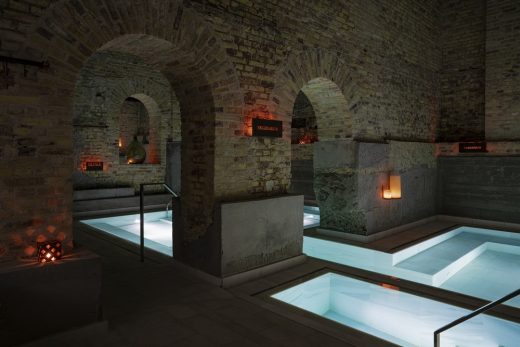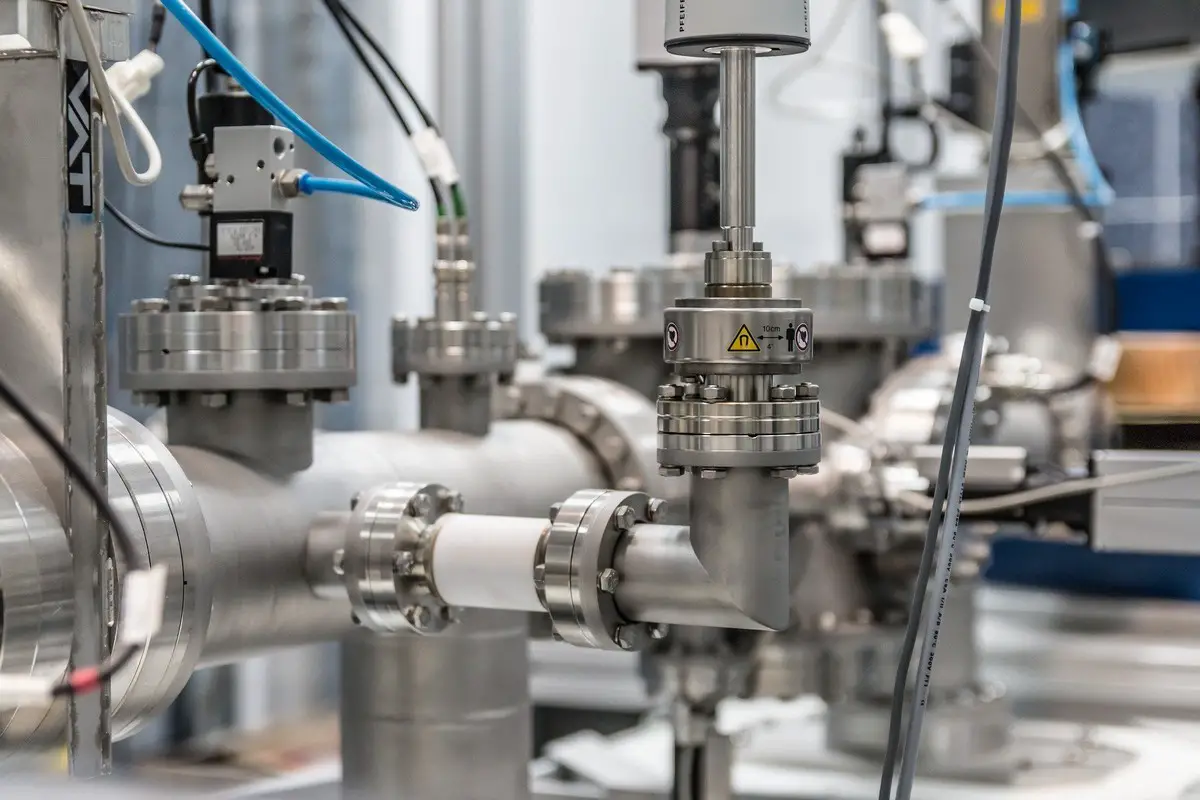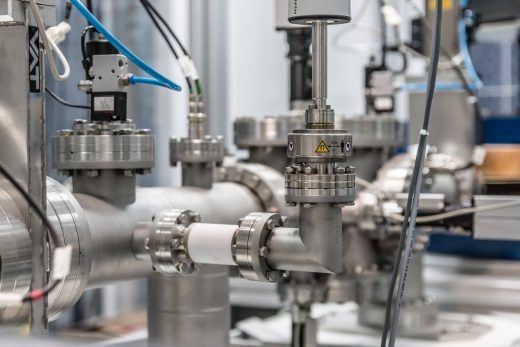Using TracPipe to Improve Your Gas Safety guide, Building construction tips, Online property advice
Using TracPipe to Improve Your Gas Safety
28 Sep 2021
Gas safety is an essential part of keeping our homes safe so it’s important to make sure you’re doing all you can to ensure everything is operating as it should.
A way to implement a safer system is by using TracPipe fittings. TracPipe is a gas pipe that is made from corrugated stainless steel that has been wrapped in polyethylene, essentially acting as a protective jacket.
With the pipe being semi-rigid, it can be used to form around obstructions or corners, with fewer joints in place, meaning there is no welding, soldering or threading that’s needed; this therefore, reduces the overall time needed for installation. A crucial benefit of installing TracPipe fittings is that it will eliminate the potential number of gas pipe leaks; a huge plus for gas safety.
The fitting of traditional copper gas pipes was always difficult when dealing with awkward voids or enclosed spaces, however, a TracPipe can be fed under floors, through walls, as well as through trenches that may be inside or outside of a building (of course, with the relevant building regulation checks).
As well as using innovative ideas for your gas piping in order to ensure a higher degree of gas safety within your home, there are many other methods you can implement to increase that safety level even further:
Using TracPipe to Improve Your Gas Safety Guide
- Ensure that all flues, appliances and gas pipework are maintained on a regular basis
- Always use a competent and qualified engineer to repair, install or maintain your appliances and to complete the relevant safety checks
- Thoroughly check any rooms containing gas appliances are adequately ventilated; make sure no air inlets are blocked and that flues and chimneys aren’t obstructed either
- Don’t ever use a gas appliance you know or suspect may be unsafe
- If ever you suspect there is a leak within your property, first turn off the gas supply and then immediately call the National Gas Emergency Service on 0800 111 999 (for natural gas emergencies) and for issues with liquefied petroleum gas (LPG), call your LPG supplier
- If you are ever in doubt about a suspected gas leak, call the police in addition to calling the National Gas Emergency Service or your gas supplier and never turn your gas supply back on before a qualified professional has dealt with any issues or leaks.
It’s important to take gas safety seriously to limit any potential problems that may occur. Look into the many innovative gas pipe and gas safety solutions available and always speak to a competent and qualified professional before taking any action.
Comments on this guide to using TracPipe to improve your gas safety article are welcome.
Pipe Posts
Pipe Articles
The Importance Of Pipe Relining
What Are the Main Types of Pipelines
Process of Pipe Relining explained guide
Building Articles
Residential Architecture
AIRE Ancient Baths, Hotel Ottilia, Copenhagen, Denmark
Design: Arkitema

image from architecture office
AIRE Ancient Baths in Copenhagen
Comments / photos for the Using TracPipe to improve your gas safety Guide page welcome






